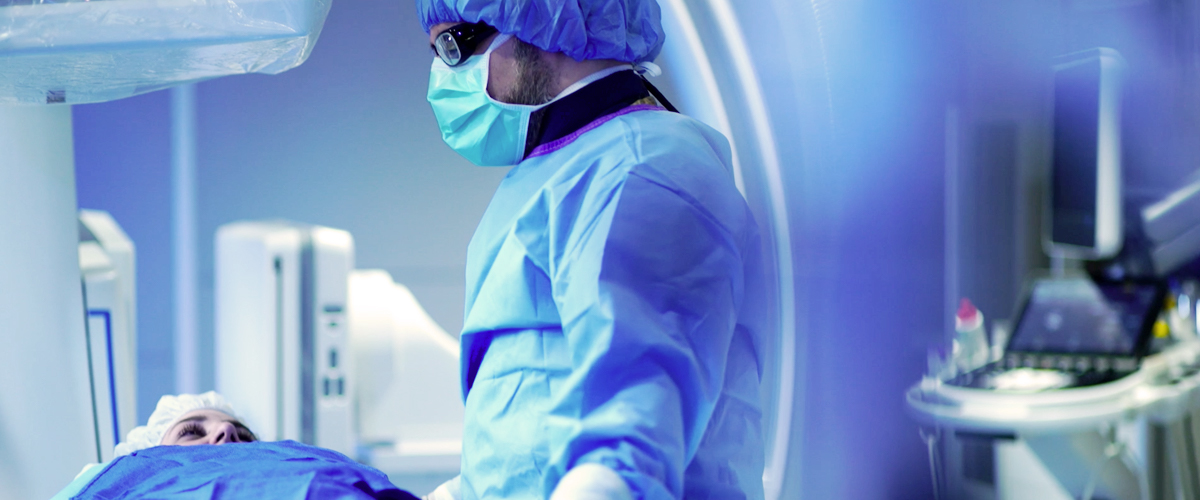Treatments & Capabilities
Our vascular neurologists, neurointerventional radiologists and cerebrovascular neurosurgeons collaborate with the Emergency Department to begin stroke care the moment a patient arrives. Cardiologists, along with physicians specializing in internal medicine, physical medicine and rehabilitation are part of the Stroke Care team. We provide a full range of treatment that includes neurocritical care in-hospital and rehabilitative care as necessary.
Expertise Includes:
- Ischemic stroke: This most common form of stroke occurs when a blood vessel is clogged, preventing blood from flowing to the brain. Clot-busting medication (tPA) can be administered if the patient arrives quickly after showing symptoms.
- Hemorrhagic stroke: Also known as a “bleeding stroke,” this usually happens when a blood vessel ruptures, sometimes due to brain aneurysms (an area of the blood vessel wall bulging out). Aneurysms can be treated before they bleed either by open surgery or minimally invasive surgery with coils.
- Transient ischemic attack (TIA): Often referred to as a “mini-stroke” or “warning stroke,” this is a temporary interruption of the blood flow to an area of the brain.
- Tele-stroke services: Our Comprehensive Stroke Center provides tele-stroke services to regional emergency rooms as well as educating regional emergency medical services, ambulance companies and fire departments to communicate in real time while a stroke patient is being transported to the hospital.
